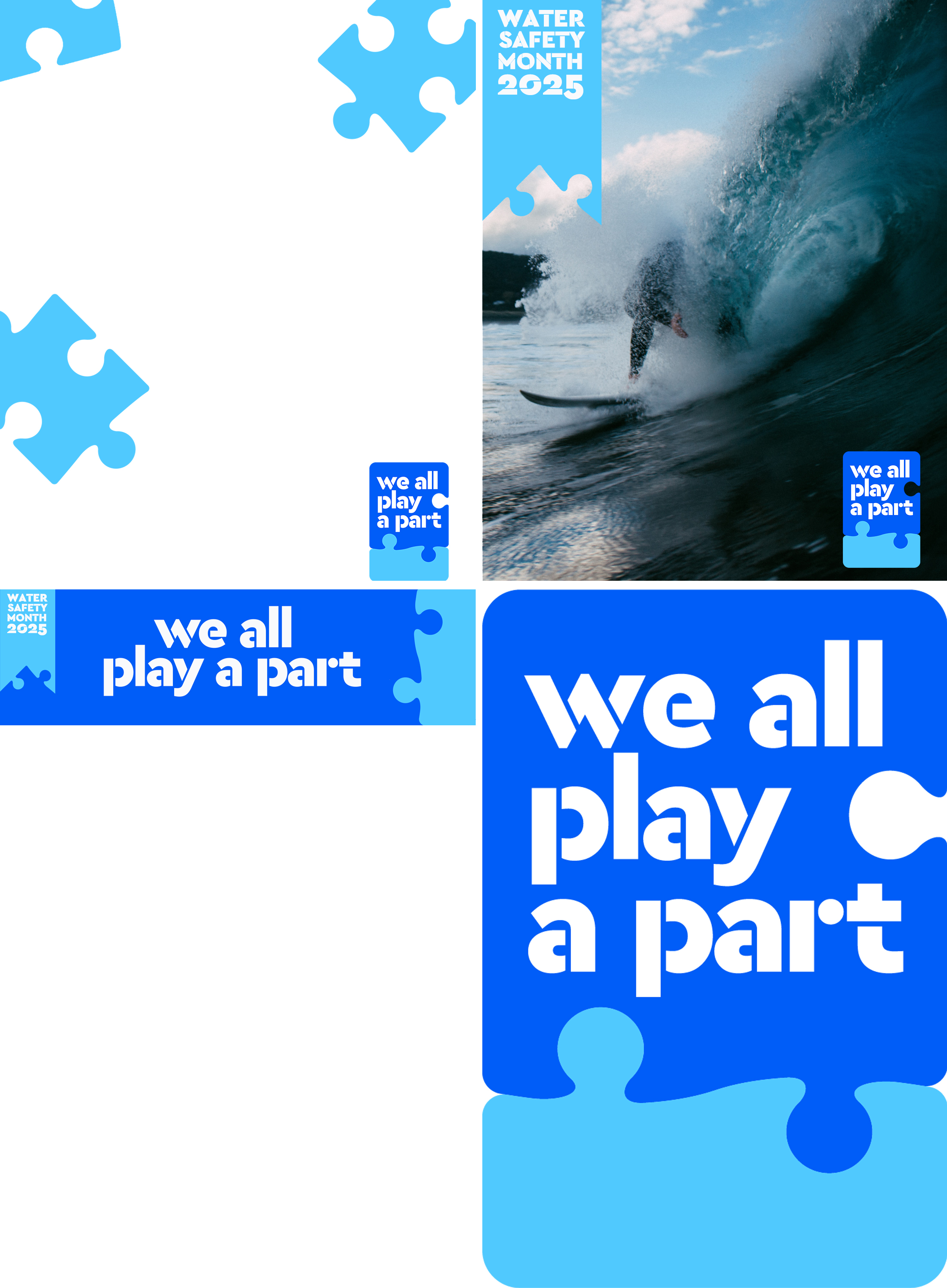Hidden dangers around the home and garden
Water hazards aren’t just found at beaches, lakes, and rivers — some of the most dangerous places are in your own home and backyard. Small children are especially at risk around:
- Bathrooms: Toilets, sinks, and bathtubs
- Gardens: Buckets, tubs, and water containers
- Pools: Spa pools, permanent pools, and paddling or inflatable pools
Even shallow water can pose a serious drowning risk. See more on the research into under fives drownings.
Preventing drownings at home
Here are some key steps to keep your child safe:
- Always empty and store buckets upside down after use to avoid water collecting unnoticed.
- Remove plugs from outdoor baths and cover spa pools with compliant safety lids.
- Teach your child to stay away from water unless an adult is present — from buckets to beaches.
- Encourage them to ask: “Do I have an adult with me?” before approaching any water.
- Cover ponds and water features with a strong iron mesh below the surface that can support a child’s weight.
- Ensure all pools and spas meet safety regulations, including fencing that complies with the Building Act.
- Deflate and empty paddling and inflatable pools as soon as playtime ends.
- Temporary pools must follow the same safety rules as permanent ones — check with your local council.
Preventable drownings of children aged under five, 2015-2024
Paddling pools: learning through play
A paddling pool is a great place to start introducing water safety. Let your child get used to water by:
- Gently splashing water on their body and face
- Helping them float on their back and feel water in their ears
- Playing with cups and toys to make it fun
Go slowly — small steps help build confidence. But remember, children can drown in just a few centimetres of water, so never leave them unattended.
See pools for more information.'
Ponds, creeks, and streams
Still ponds, shallow creeks, and flowing streams are exciting to young children — and incredibly dangerous.
- Cover ponds with a steel mesh under the waterline to prevent a child from falling in.
- Always supervise closely and teach children they must never go near water without an adult.
- If your property borders a creek or stream, consider installing a childproof fence.
Read about the accidental drowning here.
Beaches and the ocean
- Always stay with your child in the water — don’t supervise from the shore.
- Swim between the flags at patrolled beaches.
- Be aware of rips, waves, and tides. Talk to the lifeguard about conditions.
- Teach children not to turn their back on the ocean — waves can knock them over.
- If caught in a rip, swim parallel to the shore or tread water and wait for help.
See more about beaches and ocean
Boating and jet skis
- Use proper-fitting lifejackets for all children. For under-fives, choose one with a crotch strap and head support.
- Water wings and pool toys are not safety devices.
Public pools
- Supervision is essential — always stay close enough to help.
- Read all posted safety signs before allowing your child to use slides or attractions.
- Know your child’s limits and avoid areas with older, rougher play.
- Watch out for wave pools, which can quickly go from calm to rough.
- Teach children to follow the rules, such as no running and feet-first on slides.
See pools for more information.
Rivers and lakes
New Zealand has over 180,000 km of rivers — but even calm-looking water can hide danger.
- Always check for hidden objects before jumping in.
- Riverbeds and swimming holes change constantly, especially after floods.
- Riverbanks can collapse if they’ve been undermined by high water.
- Watch the weather forecast — sudden rain can cause flash floods, especially in hilly areas.
- Water flows can change quickly around hydroelectric dams.
- Teach children about currents, weeds, and cold water — these are all risks even in familiar spots.
See more about rivers and lakes
Water parks
- Only visit parks with qualified lifeguards.
- Check age, height, and health restrictions before letting children on rides.
- Stay close to younger children and avoid areas where older kids are roughhousing.
- Teach children to always slide feet-first and to walk, not run.
On the farm
Farms and rural properties often have hidden water dangers:
- Effluent ponds, troughs, creeks, tanks, and irrigation ditches all pose drowning risks.
- Fence off any water hazards, especially those near the home or child play areas.
- Empty unused vessels and cover water tanks and wells.
- Walk the property with your child and talk about water safety.
- Create a safe play zone — a fenced area where your child can play away from water.
Drowning is silent and can happen in seconds. Your full attention is the most important safety tool — so put down distractions and stay close whenever your child is near water.
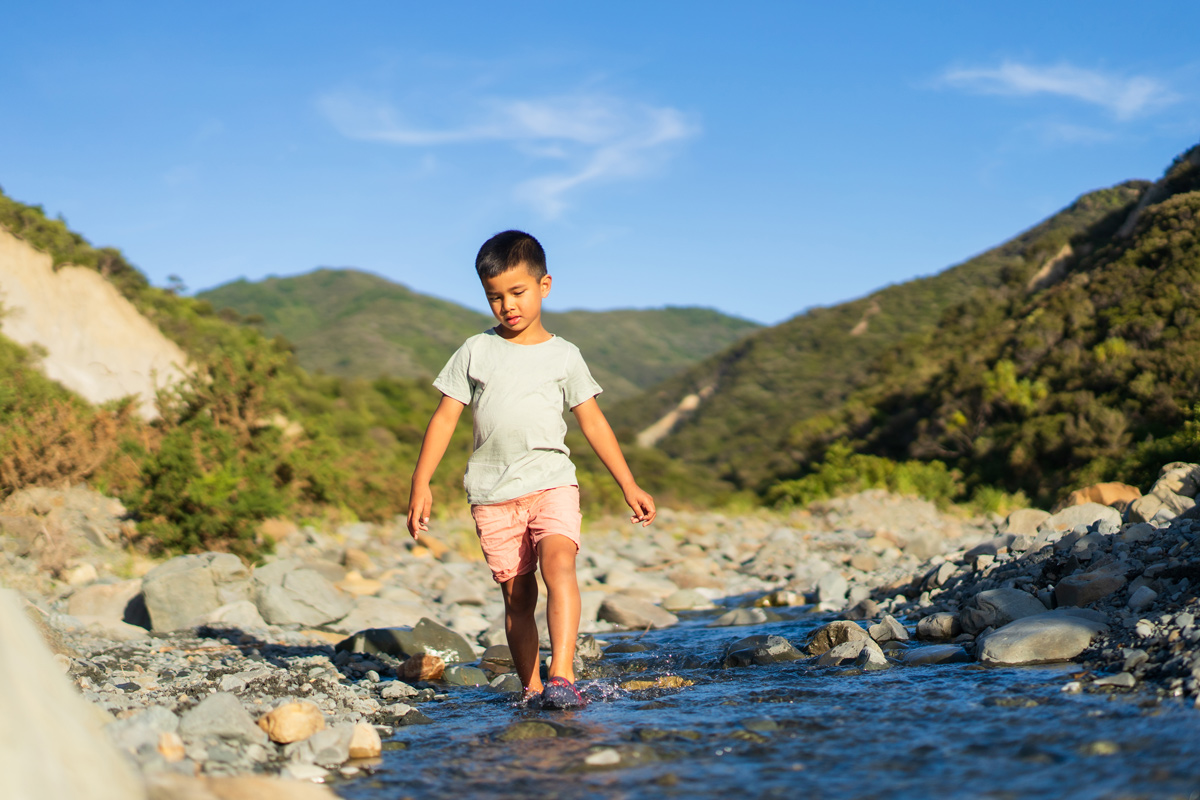
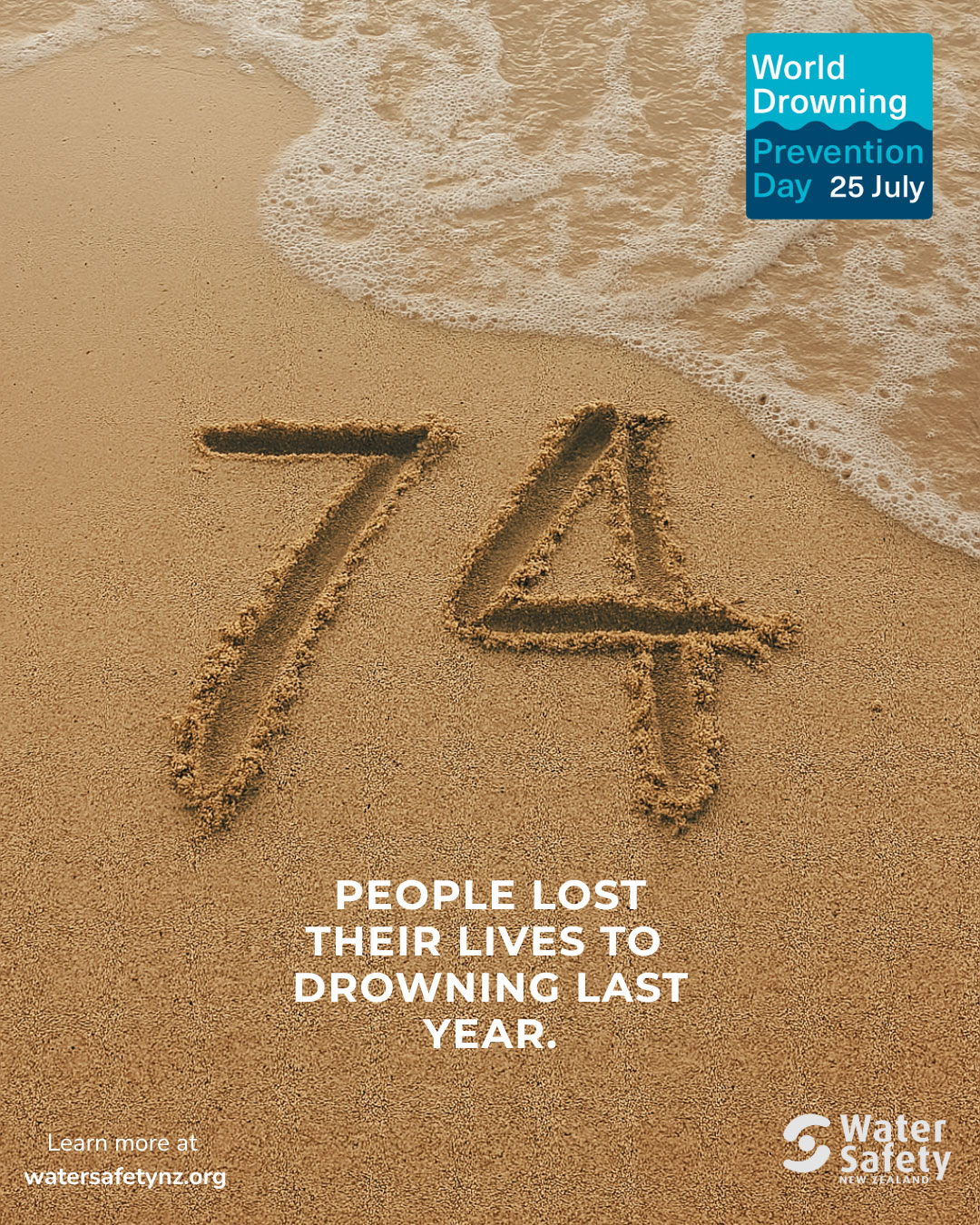
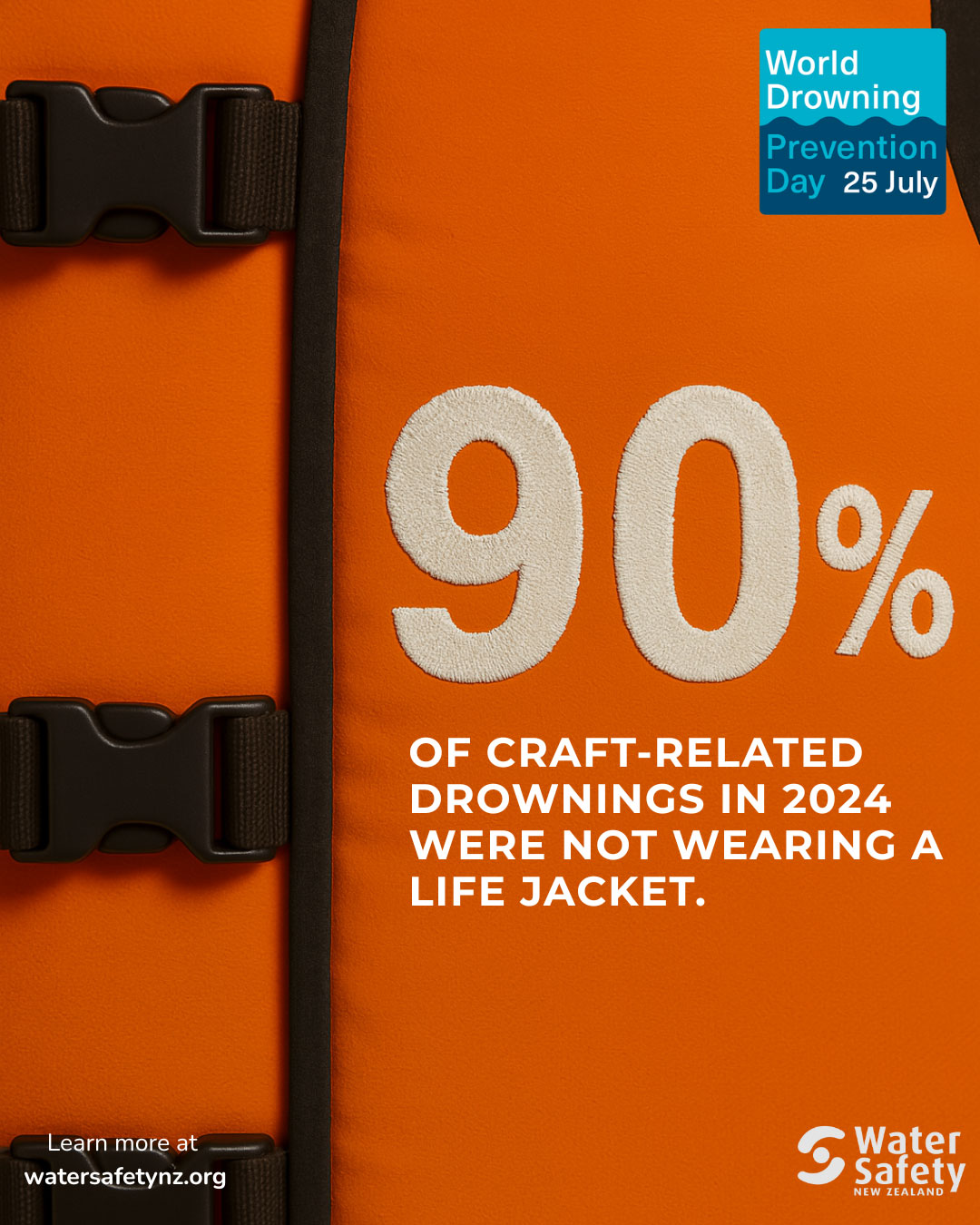
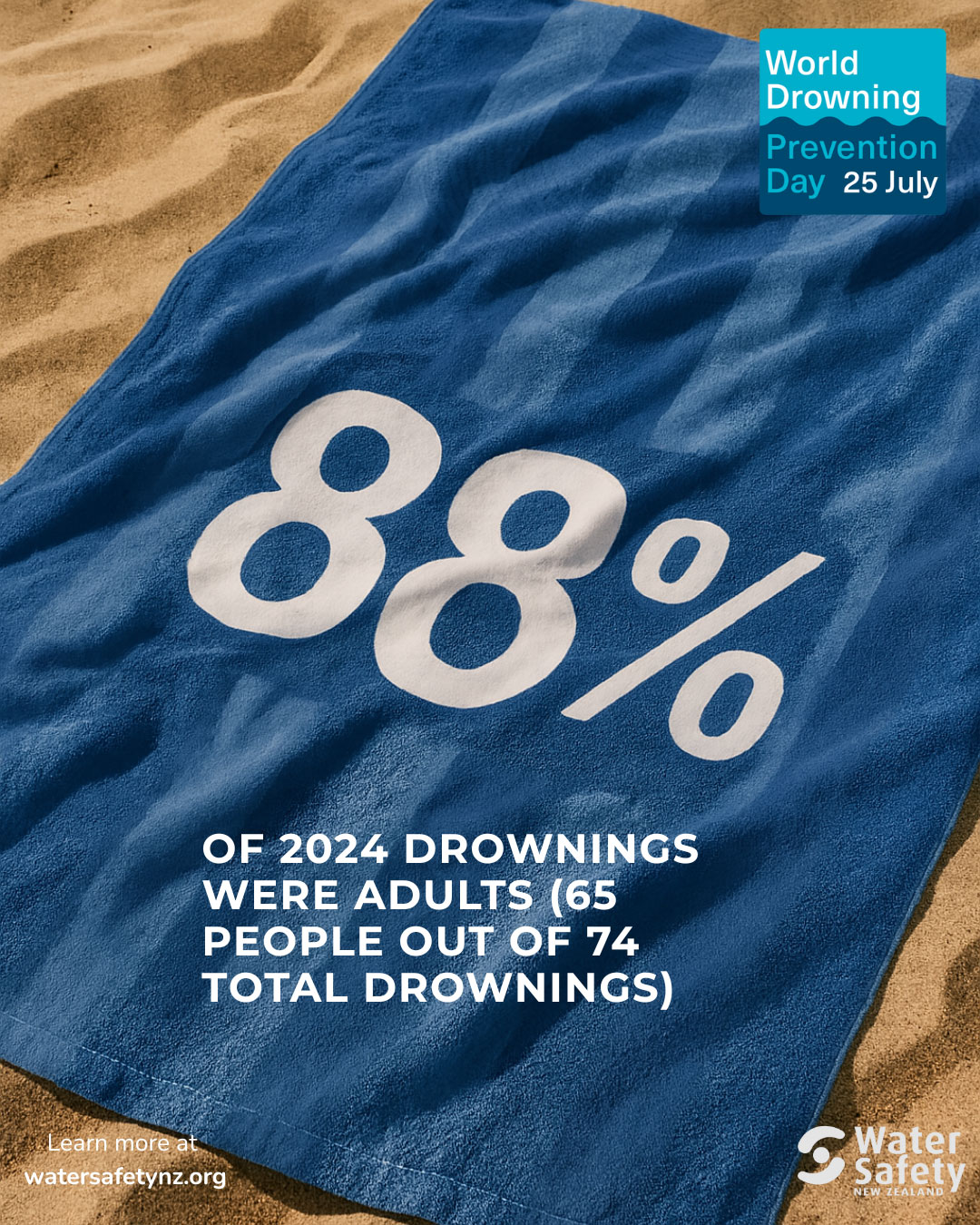


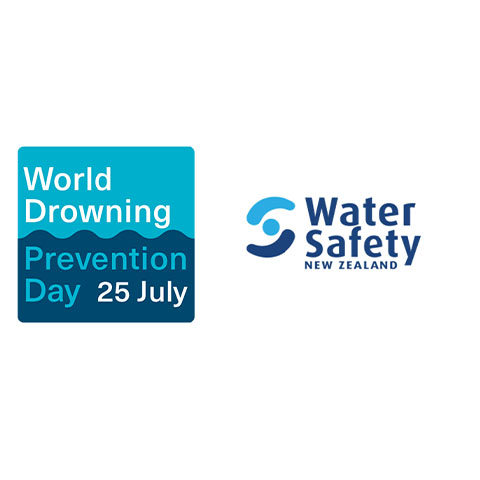
.jpg)
